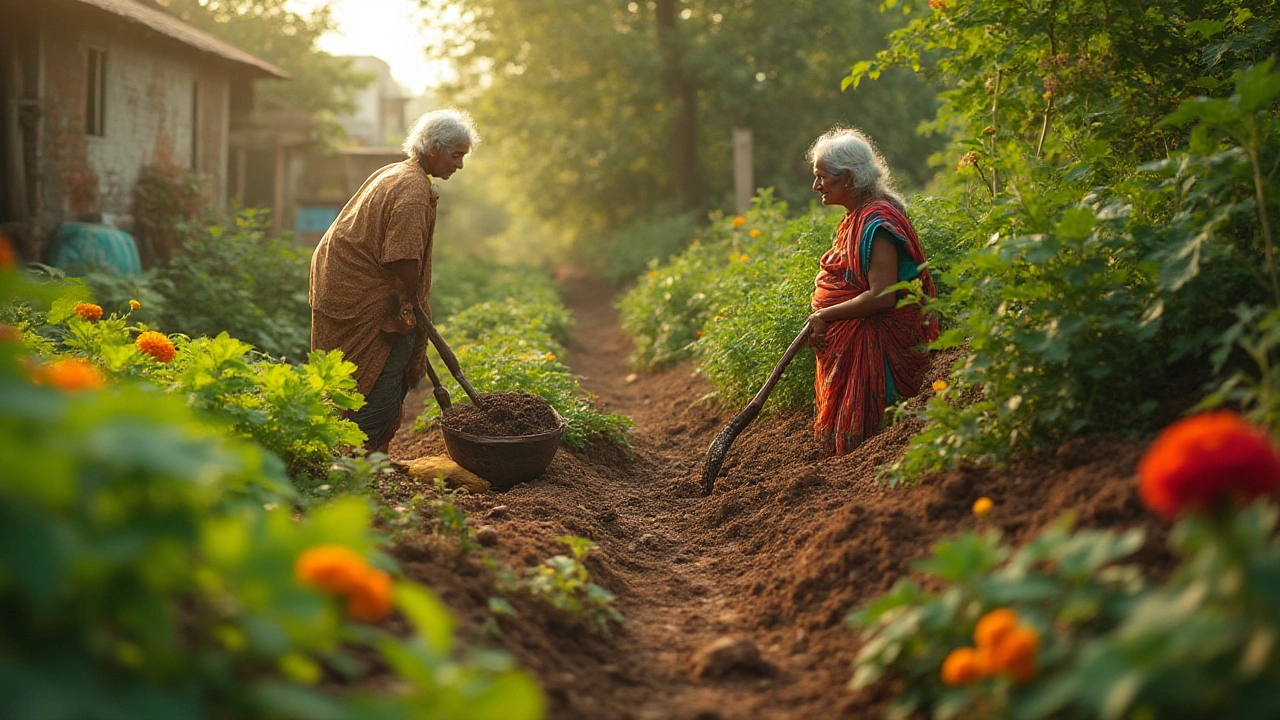Rice Per Person Guide
When working with rice per person guide, a resource that shows how much rice an individual needs based on diet, region, and lifestyle. Also known as daily rice intake calculator, it helps households plan meals, understand nutrition, and budget rice purchases. It is closely linked to rice consumption, the average amount of rice eaten per person in a specific area, which in turn depends on paddy yield, the quantity of rice harvested per hectare of paddy field. Another key piece is rice nutrition, the calorie, protein and micronutrient profile that rice contributes to a diet. These entities form a web: the rice per person guide encompasses rice consumption patterns, it requires accurate paddy yield data, and rice nutrition influences how much a person should eat. Understanding these relationships lets you use the guide confidently.
So why does the amount of rice matter? In India, per‑capita rice consumption averages around 150 kg a year, but that figure masks huge regional differences. Coastal states like West Bengal and Tamil Nadu eat more because rice is a staple in their cuisines, while northern states rely more on wheat. Age and activity level also shift the numbers: a teenage athlete may need twice the calories of a sedentary senior, and those calories often come from rice in a protein‑rich diet. The guide pulls together national production stats—like the fact that India produced over 120 million tonnes of rice in 2024—with household‑level factors such as meal frequency and portion size. By mapping each factor, you can see, for example, how a rise in paddy yield from 5 tonnes/ha to 6 tonnes/ha can lower the price per kilogram, which then lets a family stretch their daily rice portion a little farther without hurting nutrition.
What You’ll Find Below
Our rice per person guide isn’t just a number cruncher; it’s a toolbox. First, you’ll learn how to calculate your personal rice needs using simple data—household size, typical meals, and activity level. Next, you’ll get budgeting tips that combine current market prices with yield trends, so you can plan purchases for the whole season. Finally, health‑focused advice shows how to balance rice with other foods to meet protein and vitamin goals, drawing on the latest nutrition research. All of this sets the stage for the articles that follow, where we dive deeper into topics like the history of rice cultivation, the difference between annual and perennial rice, and the role of Indian states in feeding the nation. Keep reading to turn this guide into a daily habit that saves money, supports health, and respects the planet.
How Much Rice Does One Person Need for a Year? The Real Numbers Explained
Curious about how much rice one person needs to survive a year? This article breaks down the math, nutrition, and practical tips for long-term rice consumption.
- manufacturing
- India
- food processing
- garden tips
- rice cultivation
- government schemes
- balcony garden
- urban gardening
- balcony gardening
- profitable business
- business ideas
- plastic manufacturing
- drip irrigation
- plant care
- steel manufacturing
- sustainable gardening
- startup ideas
- steel industry
- flower gardening
- textile manufacturers






